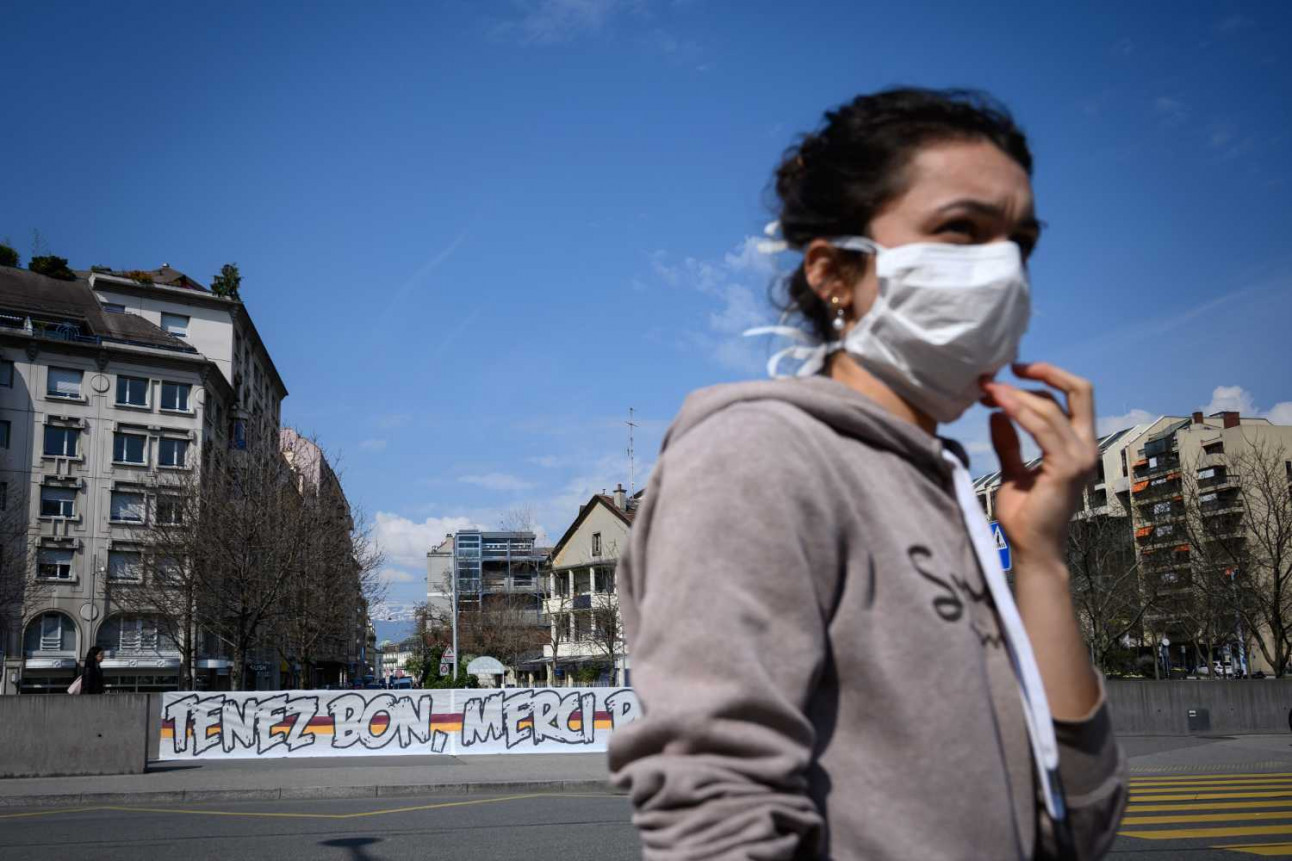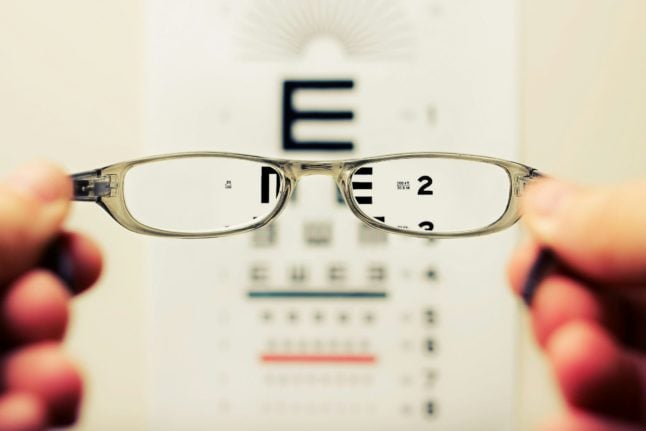This article was updated on Thursday, June 25th
As at Thursday, June 25th, more than 31,400 people have been confirmed as contracting the coronavirus, with every one of Switzerland’s 26 cantons recording confirmed cases.
There have been 1,958 confirmed deaths, according to reports from the cantons – while 29,000 people have been confirmed to have recovered from the virus.
What should I do if I have coronavirus symptoms in Switzerland?
Who has the virus hit hardest?
The coronavirus poses a higher risk to certain sections of the population. All over the world, men have been at a higher risk, a statistic which is also seen in Switzerland.
In Switzerland, 58 percent of those who have died in Switzerland are men and 42 are women.
Similarly, the virus has hit those in 'at risk' categories the hardest.
People considered to be at a greater risk of complications from the virus are people over 65 years of age, people with high blood pressure, cardiovascular diseases, diabetes, chronic respiratory diseases, diseases and therapies that weaken the immune system and cancer.
This is reflected in the victim data. Note that this is correct as at Thursday, June 25th and may change as more people contract the virus.
The median age of those who have passed away from the virus in Switzerland is 84 years. Of those who have died from the virus, 97 percent were suffering from one or more pre-existing conditions.
According to data from the Swiss Federal Office of Public Health, the most common condition suffered by the deceased is high blood pressure, which affected 63 percent of the deceased.
Just over one half – 57 percent – suffered from cardiovascular diseases, while 26 percent suffered from diabetes.
Who has been infected by the virus in Switzerland?
Age is a major factor in dying from the virus; however people of all ages have been infected in Switzerland.
Children between the ages of zero and nine – while at a lower risk of death and serious complications – are still contracting the virus in Switzerland, with 205 confirmed cases.
The next age group – ten-19-years-old – sees 942 confirmed cases, while 3,999 cases have been confirmed for those between 20-29.
The figure is slightly higher for people in their 30s and 40s, with 4,258 and 4,893 people confirmed in those age brackets respectively.
The most affected group in Switzerland is between the ages of 50-59, where 6,339 have been infected.
Those in their 60s (3,723), 70s (2,923) and aged 80 or older (4,120) have also been heavily affected.

Photo: FABRICE COFFRINI / AFP
Who has died from the virus in Switzerland?
The true dangers of the coronavirus can be seen by looking at mortality rates in Switzerland.
Only one person under the age of 30 has died from the virus, an infant in the canton of Aargau.
Five people in their 30s have passed away – a mortality rate of 0.12 percent.
Four people in their 40s in Switzerland has passed away from the virus – giving rise to a mortality rate of 0.08 percent.
While people in their 50s are the heaviest affected in terms of infections, there has been a relatively low death rate – with only 41 people in this age bracket dying due to the virus, or a mortality rate of 0.65 percent.
The death rates jump up for people in their 60s, with 125 people passing away (mortality rate of 3.35 percent), while 339 people in their 70s have died from coronavirus (mortality rate of 11.59 percent).
Swiss residents above 80 have been the heaviest hit however, with 1,167 people 80 or older passing away. This means that in Switzerland people over the age of 80 have a mortality rate of 28.45 percent.
Where has the virus hit hardest?
On Thursday, June 25th, the canton of Ticino, which borders hard-hit northern Italy, has been heavily impacted by the outbreak, counting more than 3,300 cases. The number of deaths in the canton is at 350.
This means that Ticino has just under one quarter of the country's total death toll, despite having just four percent of the population.
The western cantons of Vaud and Geneva have the most infections of any Swiss canton, with 5,500 and 5,200 respectively – approximately a third of the country's total cases.
In total, 420 people have died in Vaud and 293 in Geneva due to the virus.



 Please whitelist us to continue reading.
Please whitelist us to continue reading.
Member comments